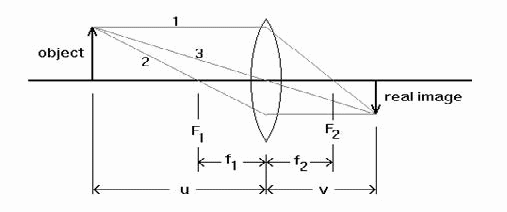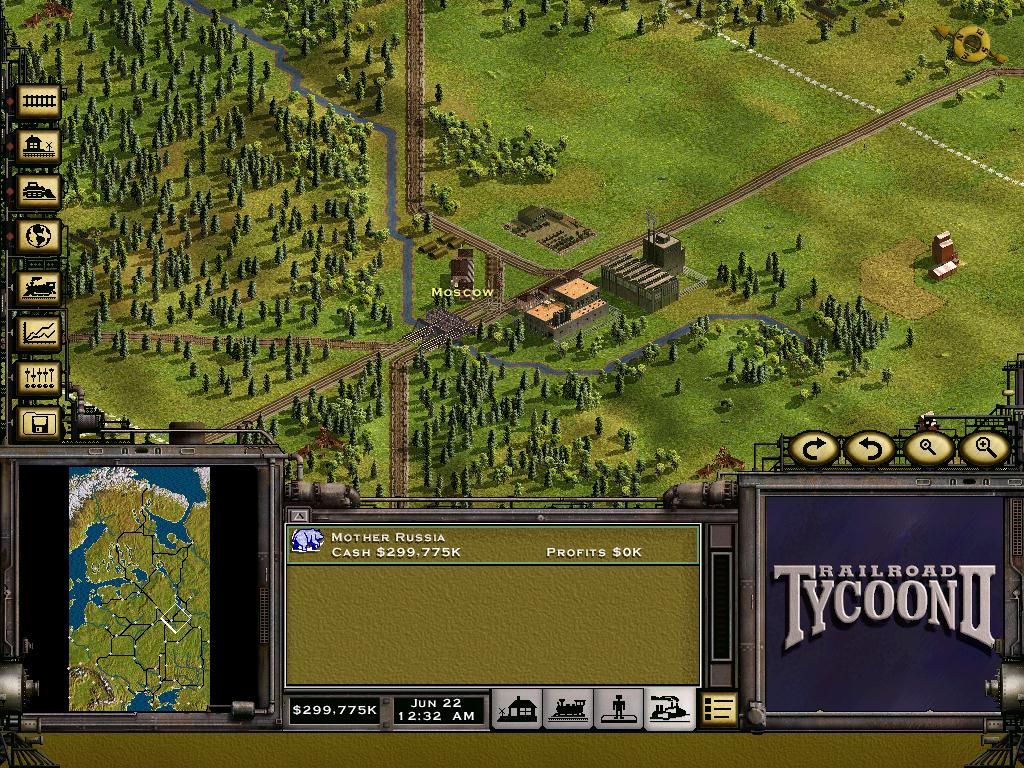Okay velocity vectors. Remember a vector is something that has both magnitude and direction okay so in this case I've got a vector going 4 meters per second East a velocity. Okay and I'm going to scale so that 40 centimeters is equivalent to 4 meters per second okay. Vectors can be added or subtracted and if it's in the same plane that's a pretty easy equation.
Relative Motion Vector Addition: physics challenge problem This video demonstrates a relative motion problems that is solved using vector addition. Example: A tour boat has two hours to take passengers from the start to finish of a tour route. The final position is located 18.6 km from the start at 26 degrees north of west.
Let's look at some examples, so I've got my 4 meters per second East and let's say I'm paddling in a canoe 4 meters per second okay and I'm paddling with the current and the current is 3 meters per second East. Well that's a pretty simple addition problem 4 meters per second East plus 3 meters per second East is 7 meters per second that's my total vector.Okay it's also pretty easy if I have vectors going in opposite directions, I just subtract the second vector from the first.
So I'm paddling now not down stream but I'm paddling up stream with the current going against me. So my 4 meters per second East is being countered by a vector that's going 3 meters per second West I'll try to be more accurate there and probably it would be right about there. So if I subtract 3 from 4 I get 1 meters per second East is my total vector.

Okay, now those are pretty straight forward and sometimes you'll see problems like that but vectors often times are not moving either in the same direction or in the counter direction but they're often moving at right angles. So now let's take my canoe and now let's say I'm not going up or down the river but I'm going across the river. Okay and here I'm paddling my canoe 4 meters per second East but the river is flowing South and it's flowing 3 meters per second South.Okay, well now when I add my vector I don't just get a smaller or larger vector I actually get a vector that at a different angle, at a different direction. So when I connect my 2 vectors I make a triangle okay and now to calculate this velocity I've got to do a little Math and since I have a right triangle I can look at these values. So I've got my this value and this value, if I have this value squared and this value squared it's going to equal this value squared. So let's go ahead and write that formula a squared plus b squared equals c squared and that's the value I want to find right there is c.
Archeblade game spotlight. Okay so if I go ahead and solve that I've got 4 squared is 16, 3 squared is 9 and that equals 25. Well 25, the square root of 25 is 5 so my new vector here is 5 meters per second South East and that's how you solve vector velocity problems.
Okay velocity vectors. Remember a vector is something that has both magnitude and direction okay so in this case I've got a vector going 4 meters per second East a velocity. Okay and I'm going to scale so that 40 centimeters is equivalent to 4 meters per second okay. Vectors can be added or subtracted and if it's in the same plane that's a pretty easy equation. Let's look at some examples, so I've got my 4 meters per second East and let's say I'm paddling in a canoe 4 meters per second okay and I'm paddling with the current and the current is 3 meters per second East. Well that's a pretty simple addition problem 4 meters per second East plus 3 meters per second East is 7 meters per second that's my total vector.
Okay it's also pretty easy if I have vectors going in opposite directions, I just subtract the second vector from the first. So I'm paddling now not down stream but I'm paddling up stream with the current going against me. So my 4 meters per second East is being countered by a vector that's going 3 meters per second West I'll try to be more accurate there and probably it would be right about there. So if I subtract 3 from 4 I get 1 meters per second East is my total vector. Okay, now those are pretty straight forward and sometimes you'll see problems like that but vectors often times are not moving either in the same direction or in the counter direction but they're often moving at right angles. So now let's take my canoe and now let's say I'm not going up or down the river but I'm going across the river. Okay and here I'm paddling my canoe 4 meters per second East but the river is flowing South and it's flowing 3 meters per second South.
Okay, well now when I add my vector I don't just get a smaller or larger vector I actually get a vector that at a different angle, at a different direction. So when I connect my 2 vectors I make a triangle okay and now to calculate this velocity I've got to do a little Math and since I have a right triangle I can look at these values. So I've got my this value and this value, if I have this value squared and this value squared it's going to equal this value squared. So let's go ahead and write that formula a squared plus b squared equals c squared and that's the value I want to find right there is c. Okay so if I go ahead and solve that I've got 4 squared is 16, 3 squared is 9 and that equals 25. Well 25, the square root of 25 is 5 so my new vector here is 5 meters per second South East and that's how you solve vector velocity problems.

